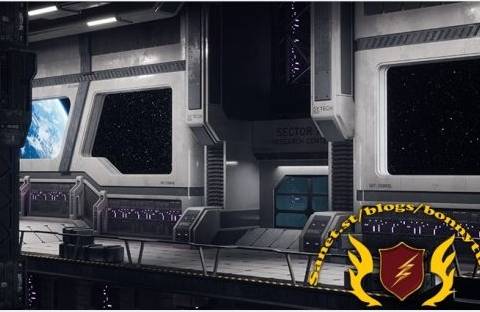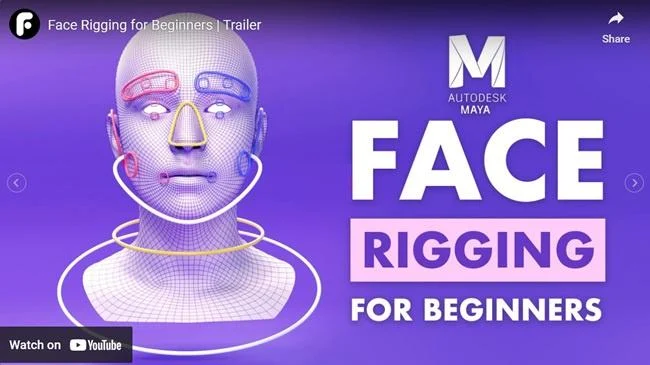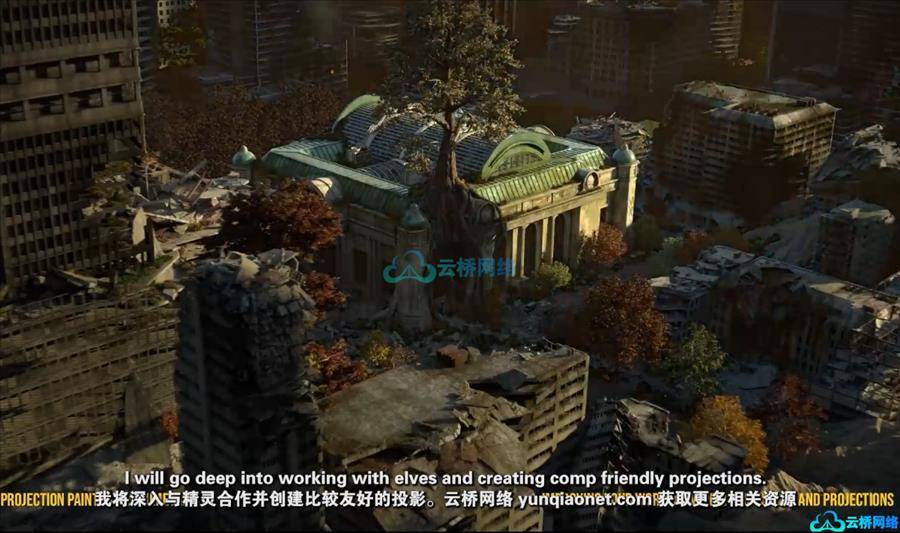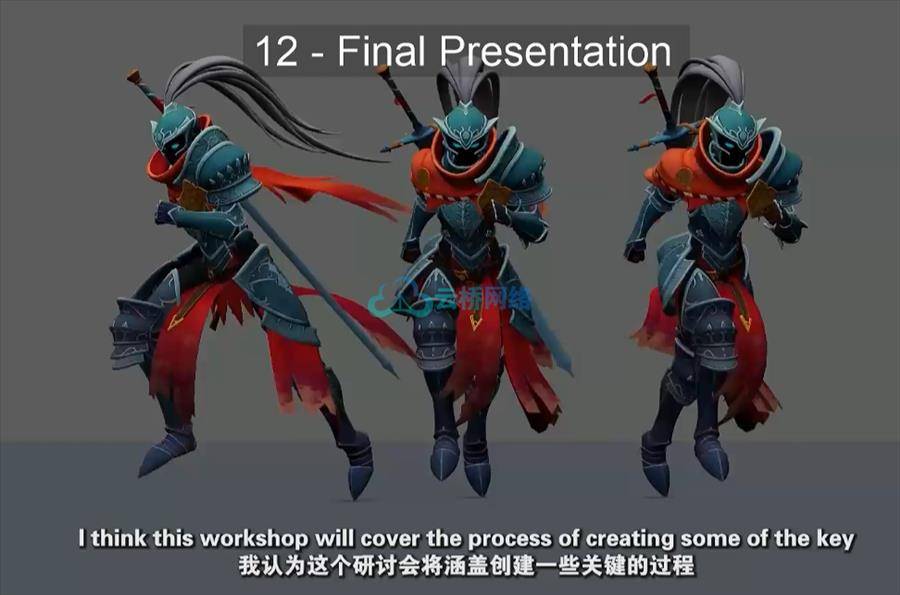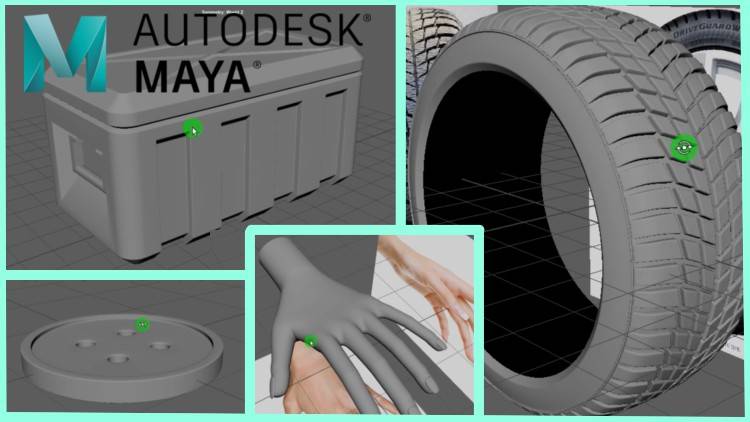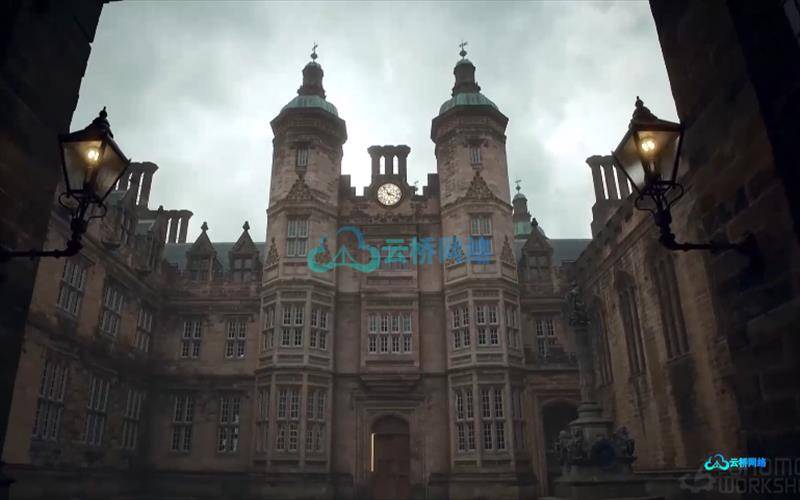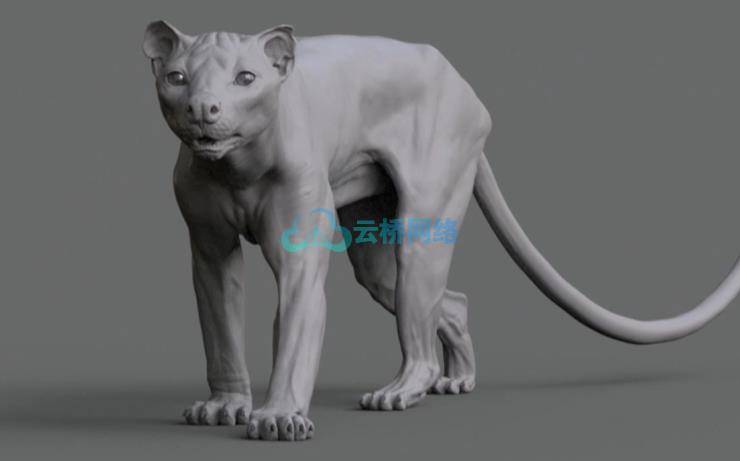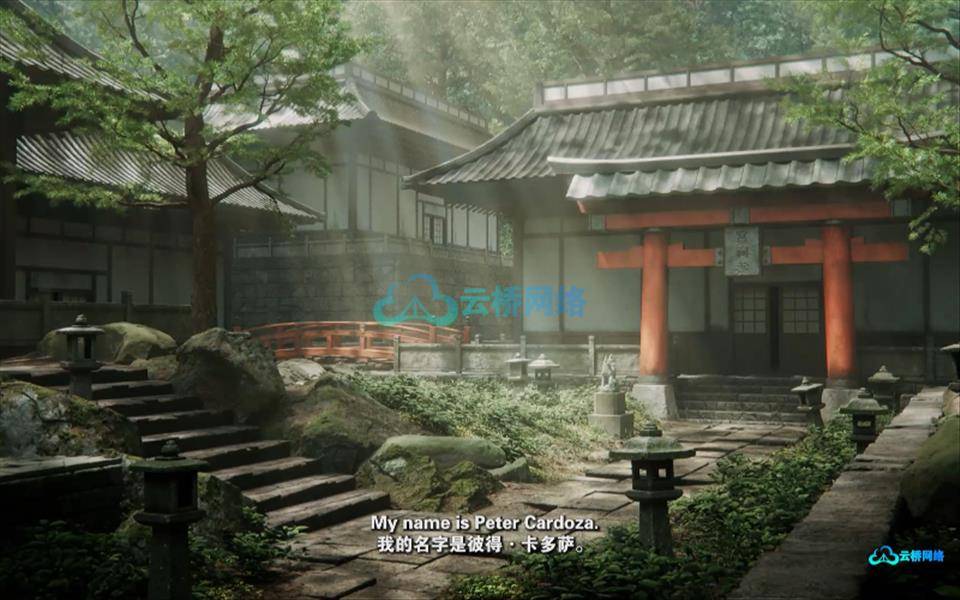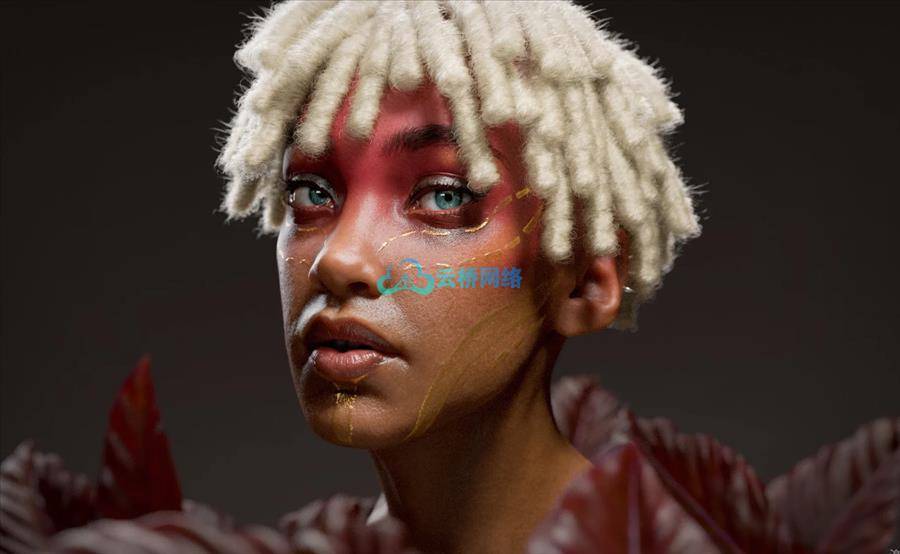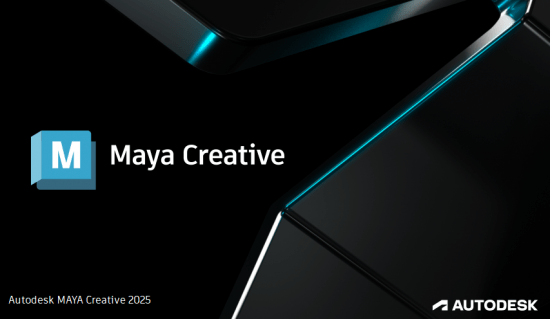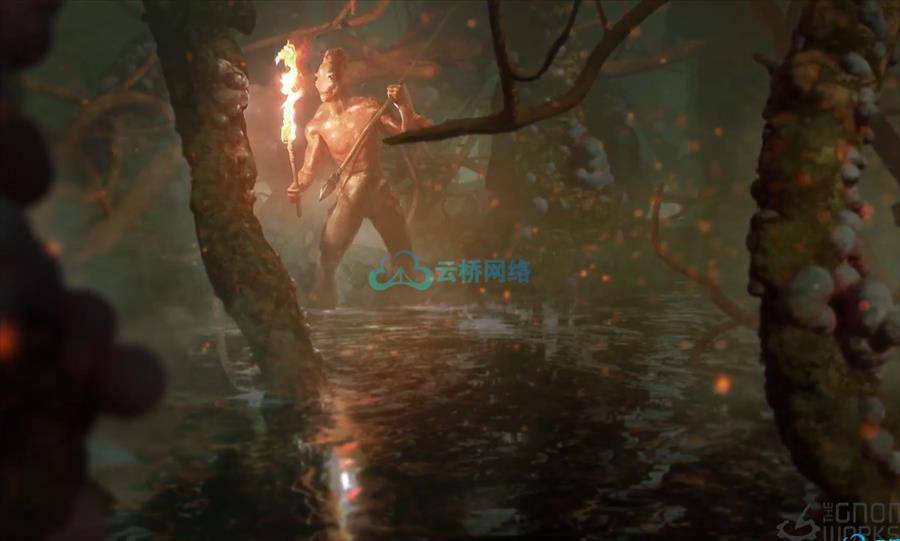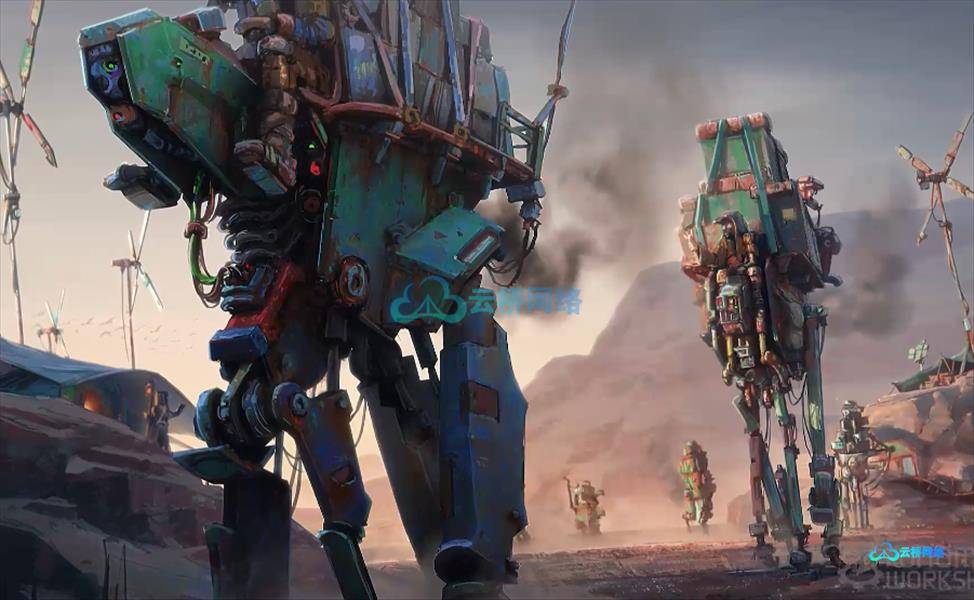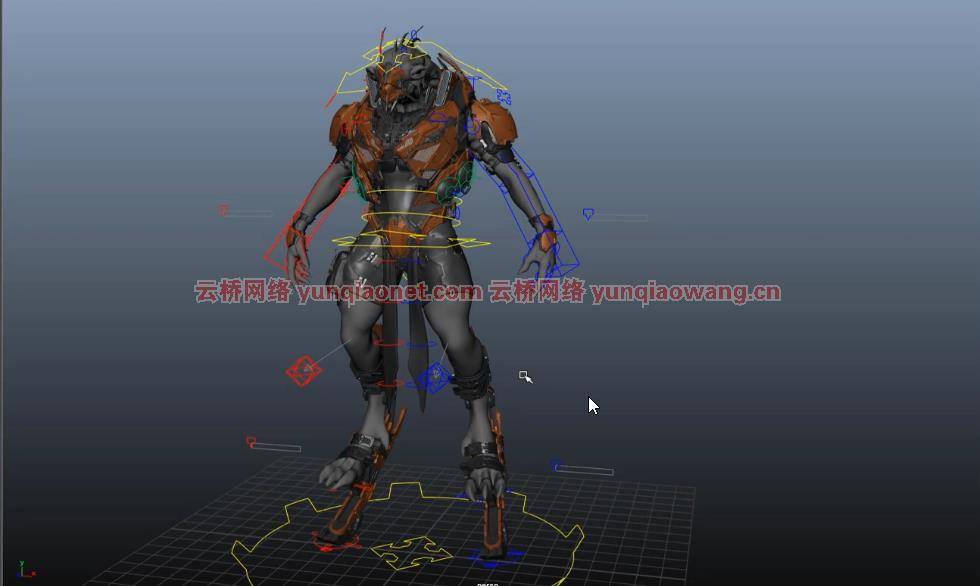
角色装配是一个从角色设计建立的那一刻就开始的过程。为了充分发挥角色的作用,建模师、装配工和动画师之间需要进行大量的沟通。本教程首先使用Ben Erdt的教程“生产的生物建模”中的基本封闭ZBrush文件开始生成骨架。装备由几个组件组成,按肢体划分,目的是在建模者创建干净的拓扑之前创建一个功能齐全的身体装备。这些组件利用IK,FK和样条线IK系统,并在必要时进行混合。一些python代码被共享来加速这些工作流。不属于原始Maya工具集的工具将用于创建控件,并帮助蒙皮基本封闭网格。这将成为最终网格中使用的基础信息,第二阶段的装配开始了:在角色上添加额外的细节控制。最终结果包含一个易于动画师使用的装备,它可以直接用于游戏引擎。Creature Rigging for Production
Perry Leijten |时长:7小时40分钟|视频:H264 1920×1080 |音频:AAC 44,1 kHz 2ch | 6.13 GB 含课程文件 |语言:英语
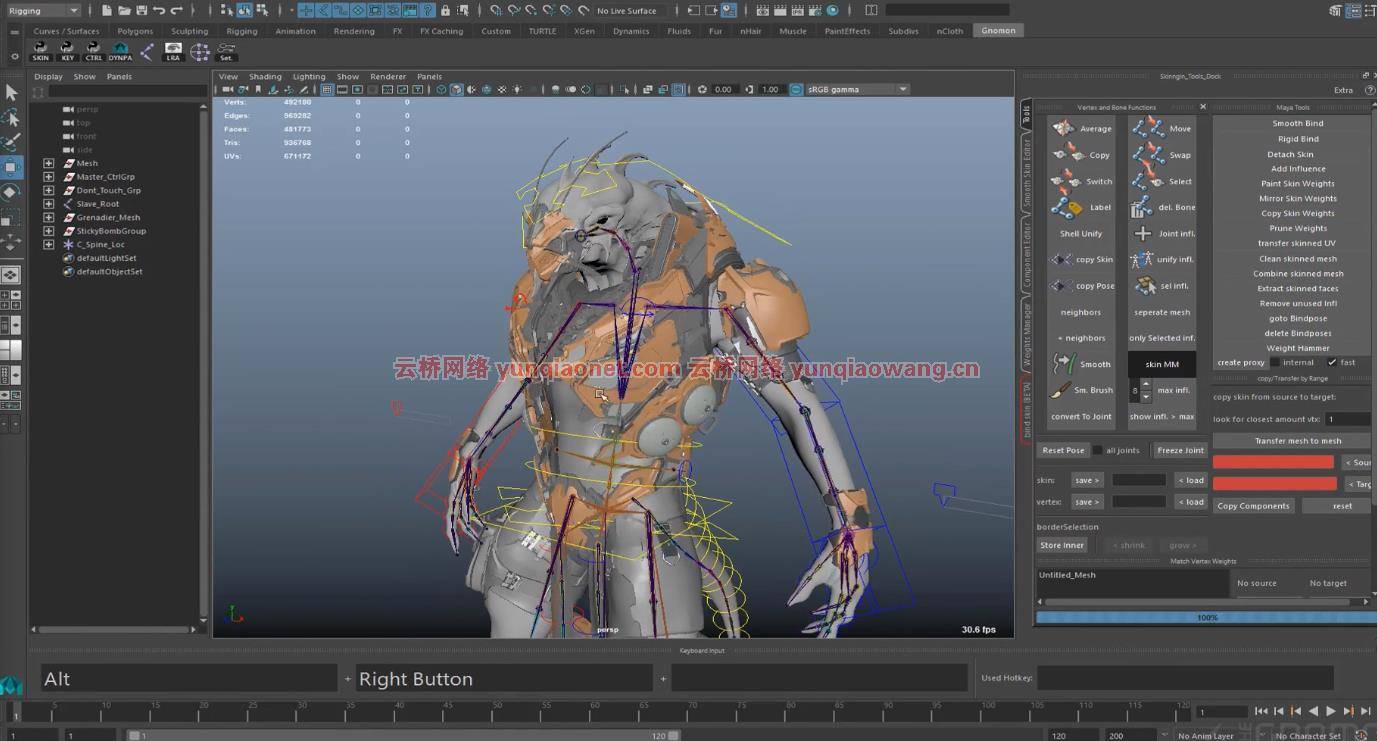
Character rigging is a process that starts the moment the design of a character is established. To get the most out of a character it involves a lot of communication between the modeler, the rigger and, whenever possible, the animator. This tutorial begins by working with the basic blockout ZBrush file from Ben Erdt’s tutorial “Creature Modeling for Production” to start generating the skeleton. The rig is set up in several components, divided by the limbs, and aims to create a fully functional body rig before the modeler is done creating a clean topology. The components make use of IK, FK and Spline-IK systems with blending where necessary. Some python code is shared to speed up some of these workflows. Tools that are not part of the original Maya tool-set will be used to create controls and help out with skinning the basic blockout mesh. This will then become the base information used in the final mesh, where a second phase of rigging starts: adding the extra detail controls on the character. The end-result contains a rig that is easy to use for an animator and which can be directly used in a game engine.
1、登录后,打赏30元成为VIP会员,全站资源免费获取!
2、资源默认为百度网盘链接,请用浏览器打开输入提取码不要有多余空格,如无法获取 请联系微信 yunqiaonet 补发。
3、分卷压缩包资源 需全部下载后解压第一个压缩包即可,下载过程不要强制中断 建议用winrar解压或360解压缩软件解压!
4、云桥CG资源站所发布资源仅供用户自学自用,用户需以学习为目的,按需下载,严禁批量采集搬运共享资源等行为,望知悉!!!
5、云桥CG资源站,感谢您的关注与支持!


